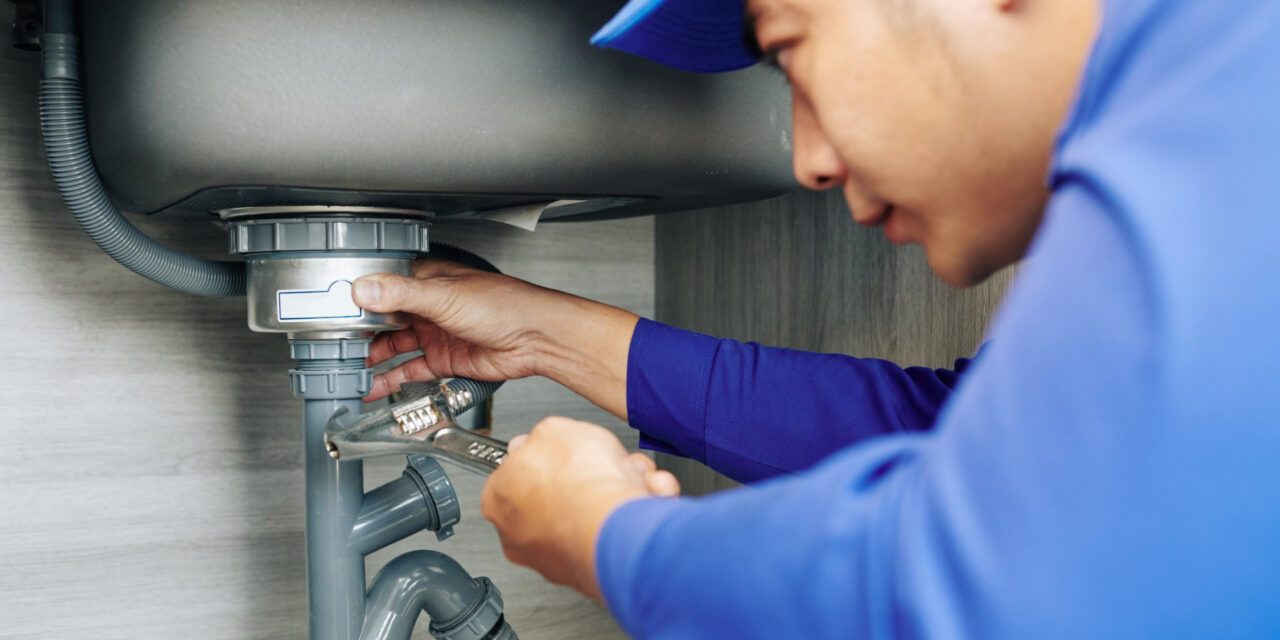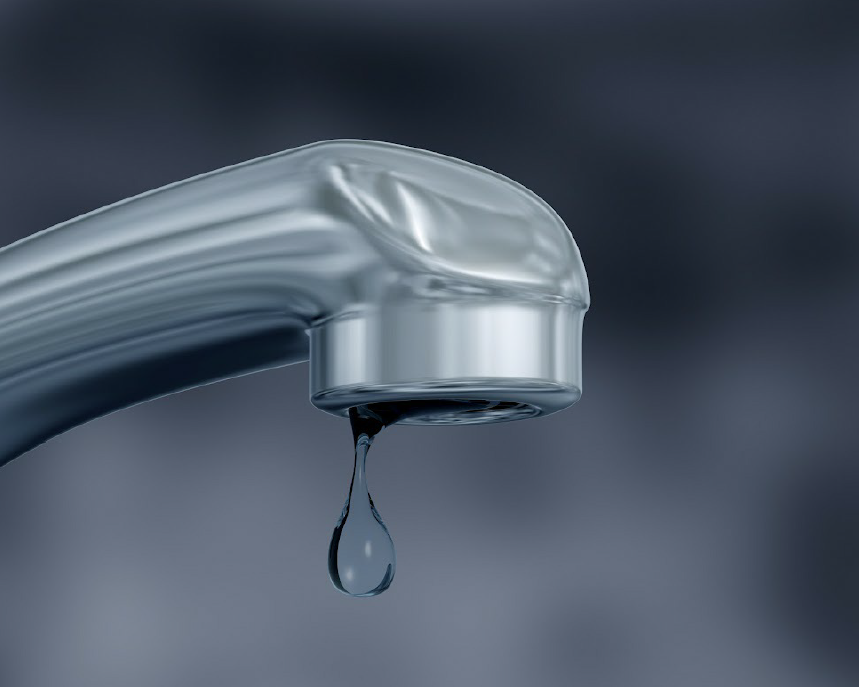Exactly how to Locate and Repair Water Leaks-- A Comprehensive Guide
Exactly how to Locate and Repair Water Leaks-- A Comprehensive Guide
Blog Article
We have unearthed this post involving Leaking water lines directly below on the web and think it made sense to share it with you here.

Early detection of dripping water lines can reduce a possible disaster. Some tiny water leaks might not be visible.
1. Analyze the Water Meter
Every residence has a water meter. Inspecting it is a surefire way that aids you discover leaks. For beginners, turn off all the water resources. Guarantee no person will flush, make use of the faucet, shower, run the washing maker or dishwasher. From there, most likely to the meter and watch if it will transform. Since no person is utilizing it, there need to be no motions. If it relocates, that suggests a fast-moving leakage. If you identify no changes, wait a hr or two as well as check back once again. This indicates you might have a slow-moving leak that might even be below ground.
2. Inspect Water Intake
Analyze your water bills and track your water usage. As the one paying it, you ought to see if there are any inconsistencies. If you identify sudden changes, regardless of your consumption being the same, it implies that you have leakages in your plumbing system. Bear in mind, your water bill must drop under the exact same range on a monthly basis. A sudden spike in your bill indicates a fast-moving leakage.
A constant increase every month, even with the same practices, shows you have a sluggish leakage that's additionally slowly escalating. Call a plumber to thoroughly check your building, specifically if you feel a warm location on your flooring with piping beneath.
3. Do a Food Coloring Test
When it comes to water consumption, 30% comes from commodes. If the shade somehow infiltrates your dish during that time without flushing, there's a leak in between the tank and bowl.
4. Asses Outside Lines
Don't forget to check your outdoor water lines too. Ought to water seep out of the link, you have a loose rubber gasket. One tiny leak can squander lots of water and surge your water costs.
5. Inspect as well as Analyze the Circumstance
Property owners ought to make it a routine to examine under the sink counters as well as also inside cabinets for any kind of bad odor or mold growth. These 2 warnings show a leakage so punctual interest is required. Doing regular inspections, even bi-annually, can save you from a significant trouble.
If you know your house is already old, maintain a careful eye on your heating systems, pipes, pipelines and so on. Look for stainings as well as deteriorating as the majority of appliances as well as pipes have a life expectancy. They will also normally degrade as a result of tear and also use. If you believe dripping water lines in your plumbing system, don't wait for it to rise. Call a professional plumber right now so you don't end up with a terrible mess in your home.
Early detection of dripping water lines can reduce a potential catastrophe. Some tiny water leaks may not be noticeable. Examining it is a surefire method that helps you discover leaks. One little leakage can waste heaps of water and surge your water expense.
If you think leaking water lines in your plumbing system, don't wait for it to escalate.
WARNING SIGNS OF WATER LEAKAGE BEHIND THE WALL
PERSISTENT MUSTY ODORS
As water slowly drips from a leaky pipe inside the wall, flooring and sheetrock stay damp and develop an odor similar to wet cardboard. It generates a musty smell that can help you find hidden leaks.
MOLD IN UNUSUAL AREAS
Mold usually grows in wet areas like kitchens, baths and laundry rooms. If you spot the stuff on walls or baseboards in other rooms of the house, it’s a good indicator of undetected water leaks.
STAINS THAT GROW
When mold thrives around a leaky pipe, it sometimes takes hold on the inside surface of the affected wall. A growing stain on otherwise clean sheetrock is often your sign of a hidden plumbing problem.
PEELING OR BUBBLING WALLPAPER / PAINT
This clue is easy to miss in rooms that don’t get much use. When you see wallpaper separating along seams or paint bubbling or flaking off the wall, blame sheetrock that stays wet because of an undetected leak.
BUCKLED CEILINGS AND STAINED FLOORS
If ceilings or floors in bathrooms, kitchens or laundry areas develop structural problems, don’t rule out constant damp inside the walls. Wet sheetrock can affect adjacent framing, flooring and ceilings.
https://www.servicemasterbyzaba.com/blog/how-to-detect-water-leakage-in-walls/

I discovered that blog posting about Top leak detection hacks when looking around the web. Don't hesitate to take the time to promote this post if you enjoyed it. Many thanks for your time. Visit us again soon.
Report this page